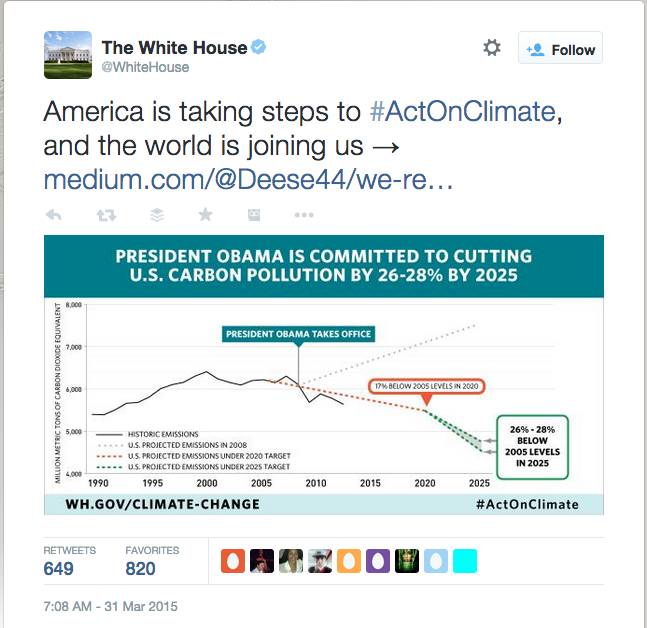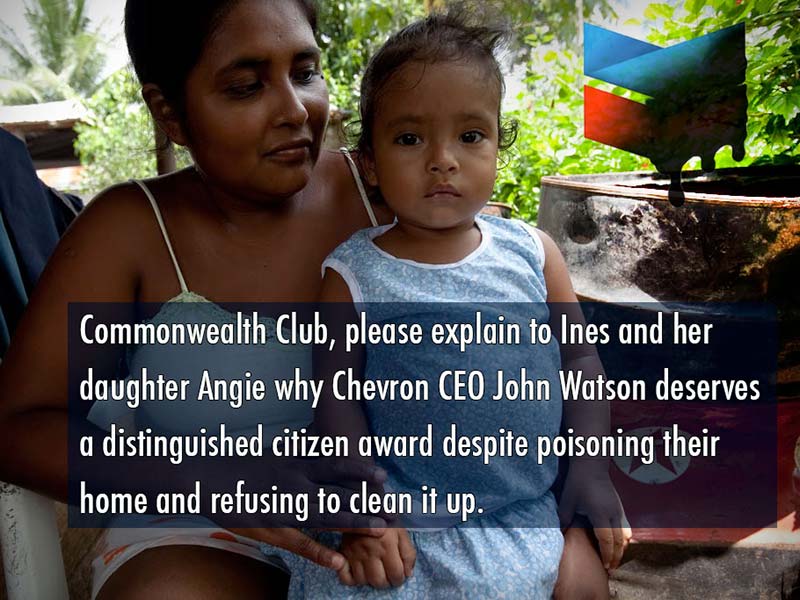California’s dire drought conditions have finally triggered more meaningful action at the state level. Today, Gov. Brown issued an executive order which calls on state and local water agencies “to implement a series of measures to save water, including increased enforcement to prevent wasteful water use, streamline the state’s drought response, and invest in new technologies,” said California Coastkeeper Alliance.
The governor issued the statement today as readings of the April 1 assessment came in, which showed snowpack levels are at their lowest since the state started keeping records (approximately 6 percent of normal levels, compared to 24 percent of normal levels last year).
“Today we are standing on dry grass where there should be five feet of snow. This historic drought demands unprecedented action,” said Gov. Brown. “Therefore, I’m issuing an executive order mandating substantial water reductions across our state. As Californians, we must pull together and save water in every way possible.”
The lack of snowpack will result in very little or no runoff from the Sierra into California’s reservoirs and rivers, posing a serious problem for the already incredibly water-starved state. Only a few weeks ago, NASA scientist Jay Famiglietti warned “the state has only about one year of water supply left in its reservoirs.”
Gov. Brown directed the State Water Resources Control Board to implement mandatory water reductions in cities and towns across California to reduce water usage by 25 percent. After a series of weak measures involving voluntary conservation orders issued by Brown’s administration, organizations such as Waterkeeper Alliance, California Coastkeeper Alliance and Los Angeles Waterkeeper praise the mandatory conservation order.
The organizations said they “are encouraged by measures to increase reporting and monitoring of water usage, a needed move to improve local enforcement.” They also praised “the requirement that local water agencies adjust rate structures to implement conservation pricing.” They are however concerned “about how streamlining permitting of drought salinity barriers could harm Delta smelt, Chinook salmon and other threatened and endangered fish and other species.”
According to the governor’s statement, the issue will also:
- Replace 50 million square feet of lawns throughout the state with drought tolerant landscaping in partnership with local governments;
- Direct the creation of a temporary, statewide consumer rebate program to replace old appliances with more water and energy efficient models;
- Require campuses, golf courses, cemeteries and other large landscapes to make significant cuts in water use; and
- Prohibit new homes and developments from irrigating with potable water unless water-efficient drip irrigation systems are used, and ban watering of ornamental grass on public street medians.
This executive order comes on the heels of emergency legislation, which was signed by Gov. Brown last week to fast-track more than $1 billion in funding for drought relief and critical water infrastructure projects.
As for whether the order will be a game changer, Liz Crosson, Los Angeles Waterkeeper executive director says, “Local jurisdictions have to implement and enforce these measures to actually reduce water usage. Many of the State Board’s mandatory measures are still not enforced in Los Angeles. Until Californians take the drought seriously, we will continue to see reserves depleted and the future become more uncertain. The next step for California is to set mandatory daily limits on gallons per person per day.”
And while California may be one of the farthest “up the creek,” Marc Yaggi, executive director at Waterkeeper Alliance, points out climate threatens all of our world’s waterways. “Nearly every region in the country is facing increased risk of seasonal drought and as we’re seeing in California, climate change is wreaking havoc on the sustainability of our water supplies,” says Yaggi. “We need to amplify the voice of communities that are suffering in order to demand action from our leaders at the global level before it’s too late.”




















 Graphene is an amazing new technology first created in
Graphene is an amazing new technology first created in  It is my personal belief that Tesla have not actually used any graphene in their battery upgrade in the Roadster 3.0 at all based on the distinct lack of any mention of the word graphene in any of their patents. So this could well mean that once we do see this new graphene technology used results could be even more overwhelming than the figures suggested in these infographics.
It is my personal belief that Tesla have not actually used any graphene in their battery upgrade in the Roadster 3.0 at all based on the distinct lack of any mention of the word graphene in any of their patents. So this could well mean that once we do see this new graphene technology used results could be even more overwhelming than the figures suggested in these infographics. 










